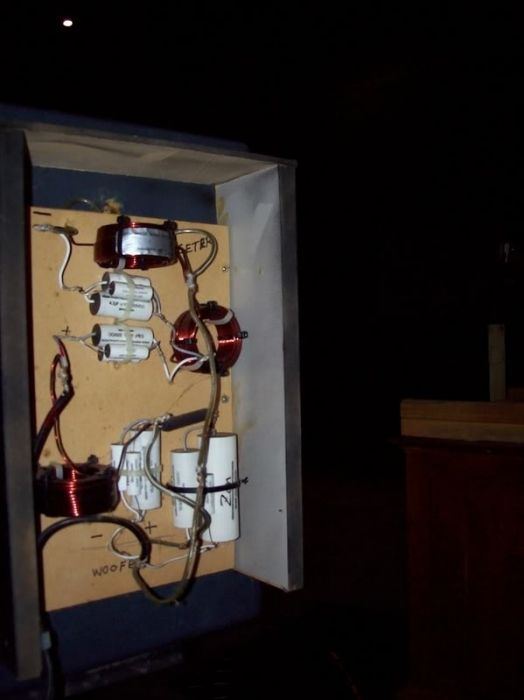Bill Fitzmaurice wrote:BrentEvans wrote:
I also second the motion of a recommended test / measurement procedure. I'd be willing to write it myself for the sticky section given the specs... I know the procedure I use but having it from the man himself would bee nice.
I'm sure I've posted it before. Measure the speaker ground plane to find the 1/2 space measurement below the baffle step. In the case of a sub you're done. With a top take the ground plane first, then put the cab on the ground face up, with the mic suspended above it at least 2 meters high. Measure again. This gives the 1/2 space measurement above the baffle step. Splice the two measurements where they meet. You have to do the top this way, because a ground plane measurement will be 1/2 space below the baffle step, 1/4 space above it. You can't measure a top with the cab horizontal with the mic on axis either, as that will introduce a ground bounce response notch.
I'm getting a bit lost here.

I think you're saying that conducting Ground Plane testing for
subs like the T39, "baffle step" can be ignored because :-
1. We would only be interested in the results up to say, 200Hz.
2. Most horn loaded cabinets have no real baffle.
However, due to the size of the horn mouth, would you tilt the cabinet forward to aim the axis at the mic? Or wouldn't it matter due to the low frequencies being used?
Also, for subs only, would
Near Field testing be an option? This would make testing easier, and help provide uniformity to individual builder's submitted results.

I understand that testing mains (or any speaker that has useful response above 200Hz) would need to take into account the baffle step.
When I was building my home theatre main speakers about 20 years ago, I can't remember doing a half space test, but I do remember adding a compensation circuit in the crossovers to compensate for the step.

Twenty years on and still going strong.
The speakers were a closed two way cabinet. I built the speakers, carried out the testing, then designed the passive electronics (mounted externally) to provide the crossover and smoothen the response, whilst trying to keep the phase in control. Very challenging, but very satisfying result.


 Twenty years on and still going strong.
Twenty years on and still going strong.